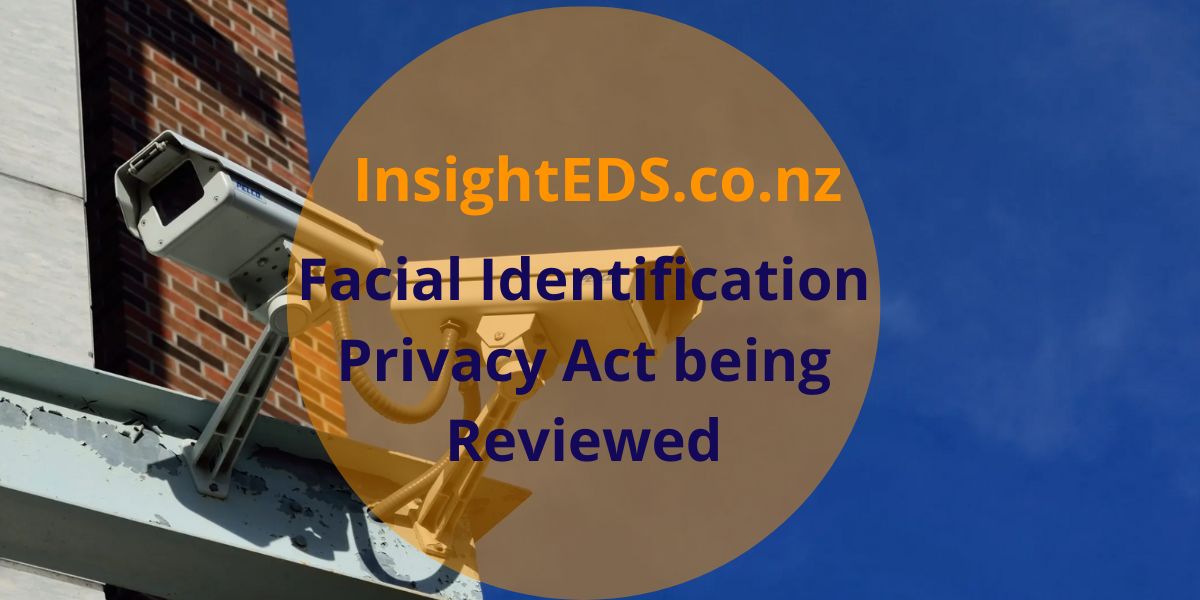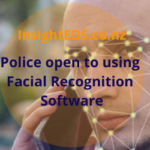
Facial Identification Privacy Act being Reviewed by Government
NZ Government has been quietly reviewing privacy laws to remove legal barriers to the use of facial recognition surveillance to prevent retail crime.
The “rapid review” concluded in September and the report has been sitting with Justice Minister Paul Goldsmith ever since. The full process was undertaken without any consultation outside of the public sector, with a leading advocate at the Privacy Foundation surprised he hadn’t known it was happening.
Goldsmith’s office declined to release the results of the review, under the Official Information Act, saying it was still under active consideration. A spokesperson for the minister also declined an interview request, saying: “The minister will be making announcements soon around measures to combat retail crime.”
The review indicates that the government wants to use more, rather than less facial recognition and biometric technology.
News of the Privacy Act review comes amid arguments between two camps, one consisting of the Privacy Commissioner’s Office and privacy advocates, the other including retailers and business groups.
Ministers are preparing to allow greater use of facial recognition technologies and biometrics
RetailNZ chief executive Carolyn Young, also a member of the Ministerial Advisory Group, told Newsroom she felt the Privacy Act itself was fit for purpose for enabling the responsible use of facial recognition and other technologies.
On the other hand there is rising public concerns over the deployment of facial recognition. Grocery cooperative Foodstuffs, for instance, concluded its trial of the system in September last year, citing positive outcomes. Consumer and civil rights groups, however, have been questioning Foodstuff’s results, noting that the supermarket chain is missing data on misidentification, including the ethnicity of misidentified individuals.
The Biometrics Code of Practice is expected to be adopted later this year. Business groups such as Digital Identity NZ (DINZ) and NZTech, however, have been pushing back against the Code and questioning the Privacy Commissioner’s authority to write the regulation. Issues identified by DINZ include the use of multiple definitions for biometrics, and inconsistency with the ISO definition of “biometric sample.”
Meanwhile, earlier this week Minister Goldsmith promised “big” measures against retail crime, including higher penalties. The government has created an advisory group to solve the issue with an operating budget of NZ$1.8 million (US$1 million) a year. The group involves stakeholders from retailers and business groups, including grocery cooperative Woolworths which has also been deploying facial recognition surveillance.
It appears that this could be stalling tactics or an attempt to stop the biometric code coming in. The Privacy Act isn’t stopping this, but if the biometrics code comes in, some of these big retail companies might think, ‘Now we’re going to have to do all these extra steps and safeguards’. But my view is those extra steps and safeguards are necessary – that’s the whole point.”
Insight EDS keeps you up to date with security news






